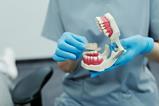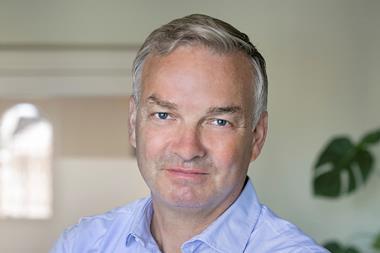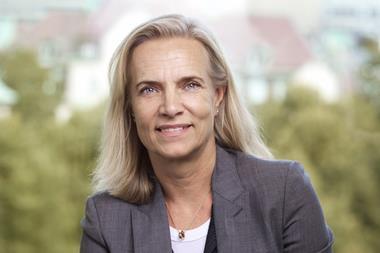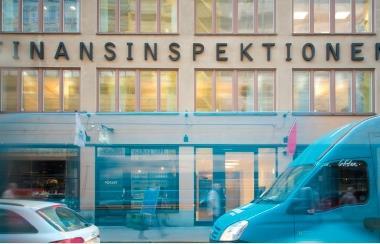The German government will present a proposal to reform the second pillar social partner model, making less stringent the requirements to sign up for pure defined contribution (DC) arrangements.
Talks on social partner models for pensions are taking place in the metal and electrical industry, and for professionals, like doctors, but this would require changing rules to open up the social partnership to employees and firms that are not part of collective bargaining agreements, according to Rolf Schmachtenberg, state secretary at the Federal Ministry of Labour and Social Affairs (BMAS), speaking at the Zufunftsmarkt AltersVorsorge event in Berlin yesterday.
The Bundesverband der Freien Berufe e. V. (BFB) – the organisation representing the interests of professional associations – has started a consultation with its members to design the social partner model FachkräfteRente.
The government plans to present the proposal to change the rules around the social partner model on May 11, as it brings to an end the dialogue process (Fachdialog) with stakeholders to strengthen occupational pensions, Schmachtenberg said.
It is considering reforming the second pillar social partner model by allowing workers not represented by a union, and smaller firms to join pension agreements. The aim of the upcoming reform is to expand the group of workers signing up for occupational pensions, and at the same time reinforce subsidies for low earners.
However, obstacles to the proposed reforms remain, according to the state secretary. In particular, he mentioned issues around employers and employees finding it difficult to turn to products that do not have a nominal guarantee, unions dealing with the topic of asset allocation – although politically engaged unions have experience with capital investments – and the social partners that are ultimately responsible for the investments and the results achieved.
So far, in Germany only two social partners models have been signed based on collective bargain agreements, in the chemical sector and at the company Uniper.
The social partner model offering pure DC plans is spreading mostly among small and medium-sized firms in the chemical sector, with 42 companies opting for the model since November when the financial supervisory authority BaFin gave its approval to the ChemiePensionsfonds (CPF) of the R+V Versicherung to offer pure DC pension plans signed by BAVC and the trade union IGBCE.
Political work in progress
The governing coalition partners – Greens, Social Democrats (SPD) and the Free Democratic Party (FDP) – have agreed to reinforce company pension schemes with the social partner model, or pure DC models, without nominal guarantees.
Tanja Machalet, parliamentary spokesperson for pension policy of the SPD, said during a political roundtable that it is important to expand the social partner model to firms that are not familiar with occupational pensions.
“Our goal is to cover 80% of small and medium-sized firms with occupational pensions, from the current 53%,” she said, adding that for low earners the basic pension (Grundrente) is a solution for old-age provisions, instead of private pensions.
Anja Schulz, member of the Bundestag for the Free Democratic Party, agreed on the necessity to open up social partner models to small firms in particular, and at the same time offer better third pillar products.
The cabinet is working on a Rentenpaket II to stabilise the level of pensions at 48% of the average wage in the long-term, introducing the Generationenkapital concept with the equity fund in the first pillar, and with the second and third pillar contribution to a standard of living in old age, instead of the subsidiary functions of helping to compensate the reduction in the level of pensions.
In the first pillar, the government will set up Stiftung Generationenkapital – foundation generational capital – with executive board members of the nuclear waste fund KENFO, Schmachtenberg said. The Rentenpaket III will instead deal with pension provisions for the self-employed.
The latest digital edition of IPE’s magazine is now available


















